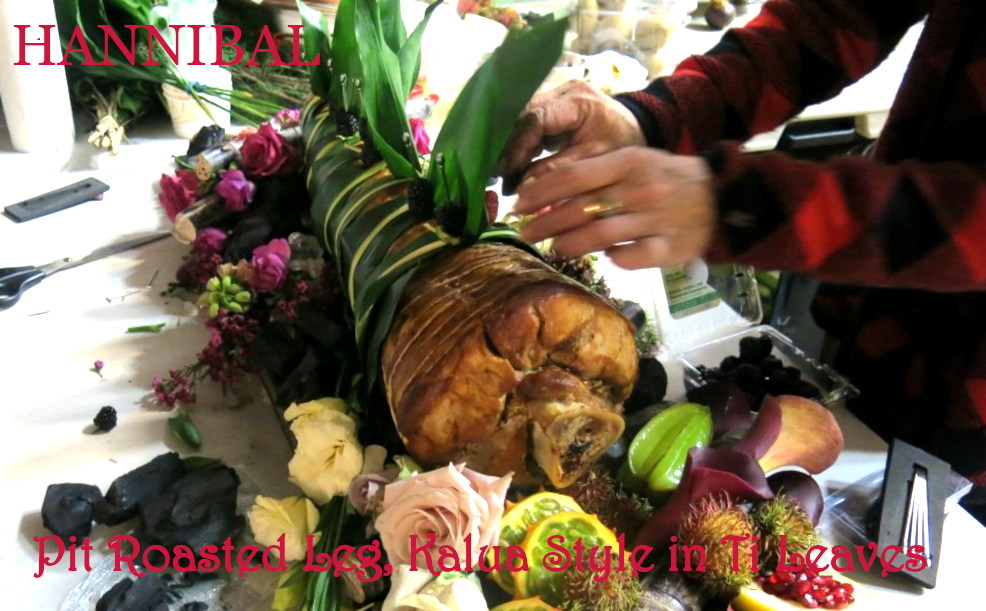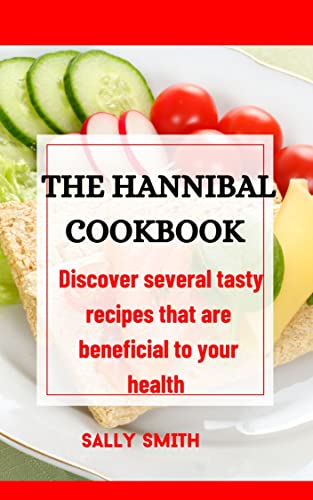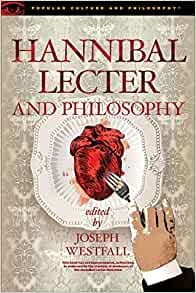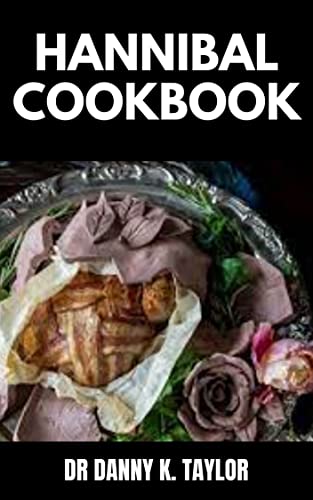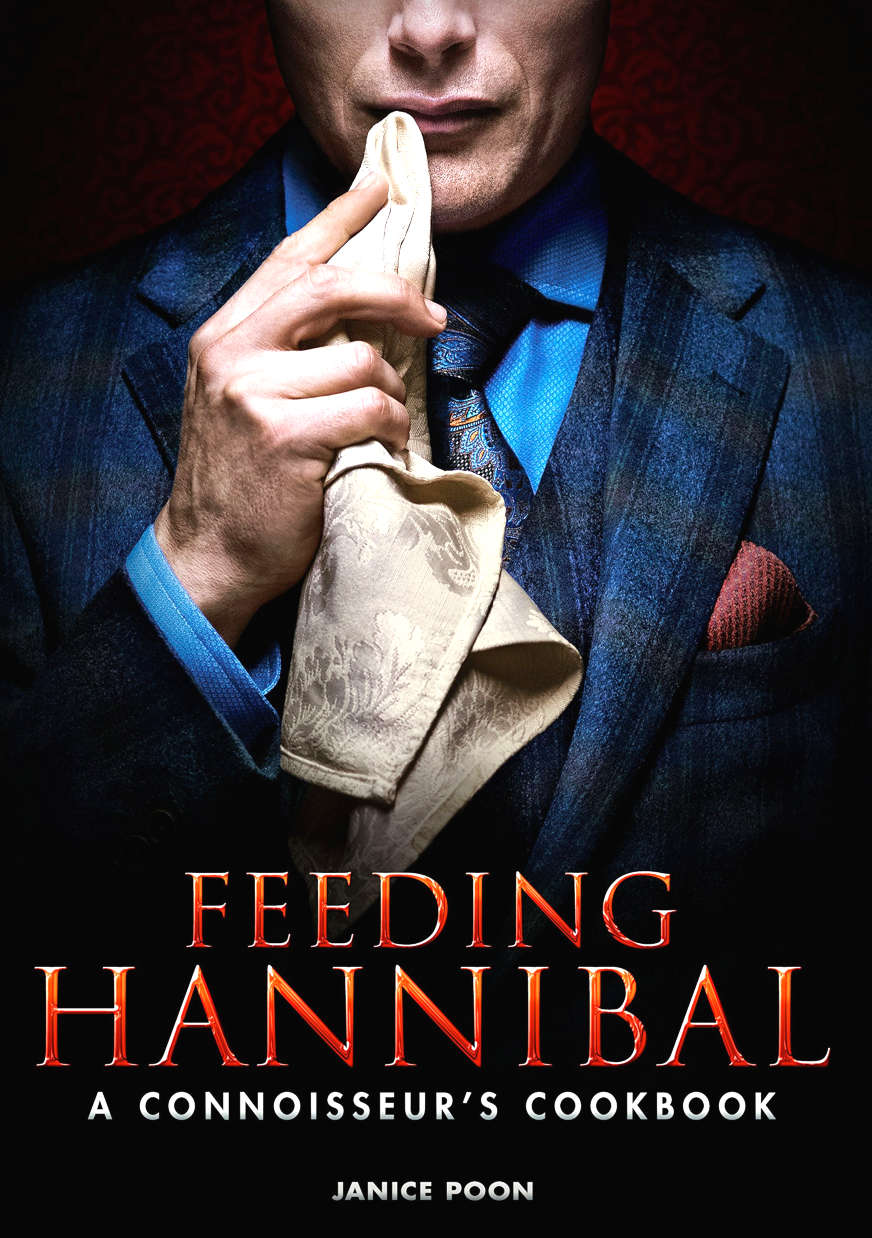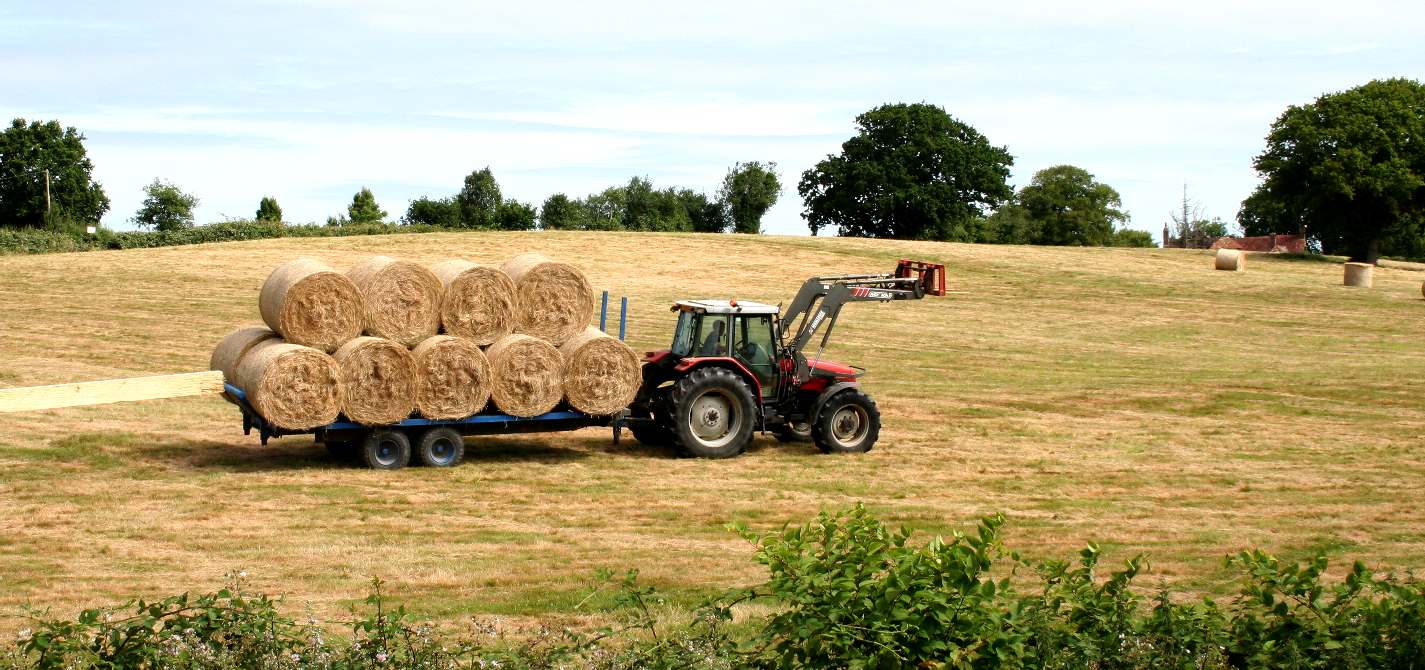|
HANNIBAL LECTER'S COOK BOOK
Please use our A-Z INDEX to navigate this site where page links may lead to other sites or return HOME
|
|
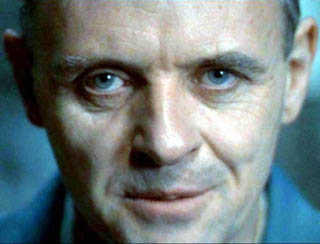
HAPPY MEALS - I hope you like my recipe Clarice. When food is no longer found on supermarket shelves at affordable prices, or at all. People will be looking around for their next meal. They need look no further than the next village, perhaps being fond of their immediate neighbors. Or, indeed working together as local gangs are formed into hunting party's.
It is a perfect time to settle old scores and stock the larder with antagonistics. For a special treat, killing two birds with one stone, as into the cooking pot goes the object of your discontent. Justice being served in many dishes. A time to enjoy eating (with/or) old friends.
HANNIBAL'S TASTY FAMILY RECIPES TO FEED YOUR HUNGRY BUNCH
Hannibal Lecter was a cannibal who ate people for many reasons, mostly if they were rude or inept. He is of course a fictional character in the celebrated film masterpiece: The Silence of the Lambs. Regardless, he is (or was) held to be skillful in culinary preparations involving unusual meats. But as human flesh is similar in texture and taste to pork, the recipes for pies or roasts should serve as (tongue in cheek) examples.
Dr Lecter would have liked to be alive as food shortages give weight to his argument, that humans can make a nourishing meal, sampling undeserving people from all over the world. Undeserving, as in generating methane and CO2, without giving anything back to society. In Hannibal's view, sacrificing themselves to feed others who are starving to death, is a noble cause; an ideal way to make amends. Or to force those wretched mouthpieces to do the right thing.
Food is essential for life for all animals on earth. The problem being that we now need more food for our growing population from less and less farm land, as desertification worsens, and fish become a rarity - reducing the net yield, until the number of humans simply cannot be catered for. This will lead to shortages sooner than anticipated, as those fossil fools - our so-called world leaders, ramp up the burning of coal and oil, despite it being a criminal offence to take or cause lives to be taken, or suffer inhumane treatment, either directly or indirectly.
SUSTAINABLE COOKING AFTER FARMING
After all the chickens, cattle, lambs and pigs have been eaten, and farming all by dried up, the only way to survive will be by gathering berries and foraging for small animals such as rats, pigeons and insects. Pets having been targeted early on with dogs and cats falling at the first survival hurdle.
But this would be insufficient to feed around 9 billion people for very long. In Africa they'd fare slightly better with Zebra and other large game animals, as bush-meat, but soon they'll also turn their attention to neighboring tribes.
ROAST
LEG - After three seasons of masterfully cooked limbs and beautifully filmed cooking scenes, NBC’s dark drama Hannibal came to a close in the winter of 2015. For a franchise about a sociopathic psychologist who murders and serves his kills to honored guests, Hannibal is the most food-centric adaptation of Thomas Harris’s four-part novel series. (Celebrity chef José Andrés served as the show’s culinary consultant.) With mouthwatering shots of dishes like foie gras au
torchon, beggar’s clay chicken, south Indian kudal, whole ortolans and stuffed heart (from what or whom, we’ll never know), the program features the same visual prestige of visually stunning cooking shows like Mind of a Chef and Chef’s Table. While this delectable drama has been put to rest, we’re not done obsessing over it, and neither is the show’s food stylist, Janice
Poon. Her head is still deep in the Hannibal universe as she’s working on the show’s official cookbook, Feeding Hannibal: A Connoisseur’s Cookbook. Excitement ensues.
PREDICTION
Cannibalism had almost disappeared, before the climate famine took hold, alongside water shortages, causing civilization to break down - as it was then - based on farming and animal rearing, that could not be sustained as temperatures soared, after the ice caps disappeared. So almost removing cooling convection currents, and that is when countries that were previously lush farmland turned to dustbowls.
It is predicted that humans will die en mass, despite being relatively intelligent and resourceful, because they had become used to buying food from supermarkets - and gone soft. The softies inevitably being easy targets, as they traveled to and from work to pay steep mortgages for overpriced housing, the system that perpetuated renting and landlords, being itself a climate crime. Bankers and landlords then becoming fair game.
At that stage, neighbours would come to be viewed as livestock. Those not well thought of, or unable to defend themselves would be sure to be eaten first. They'd be rounded up, or not be able to run fast enough. Or, maybe, with civilization ceasing, they'd not even care about ending up in the cooking pot.
Politician Pie - will be an early success, being devoured preferentially. So ridding the starving masses of the cause of their plight - and reducing the population at the same time.
Council Curry - will soon reduce local authorities to a skeleton staff, no longer needing armies of town planners, as nobody had the strength for construction, so inhabited premises of those who'd been eaten.
Banker Stew - took care of the city slickers and building society managers who'd been living off the fat of the land, so giving more time to those who'd toiled long hours for no reward to keep landlords in luxury.
These venues herded meals conveniently for those dying of malnutrition. But members and civil servants will soon take the hint and learn to fend for themselves, by joining self-help groups, and forming hunting parties of their own. Though they are unlikely to be a match for persons used to working the land, and sports hunters.
Inspired by such greats as Margery Lovett and Sweeney Todd (the demon barber of Fleet Street) and the Texas chainsaw preparation guide, Hannibal Lecter thought to share his favorite recipes.
Titus Andronicus’s Human Pie
Under no circumstances should the brain of an animal be eaten. If could cause a disease similar to mad cow.
LINKS & REFERENCE
https://www
FARMING 2030 - 2050 - The backbone of any society is the production of food to feed a hungry population, though in the future imported comestibles will all but dry up, as will migration, it being too dangerous to roam in herds to pastures new. Food will be mostly home grown in vegetable allotments and back yards. Fishing may provide some respite and variety, though carcinogenic from plastic abuse, even with exhausted fisheries, small catches may be possible. Agriculture in some areas may survive even with drained soil from artificial fertilizers. Food security was high on the United Nations agenda via the Food and Agriculture Organization, but they were unable to cope, and also began to recognize humans as livestock, until they were disbanded and cannibalized. We look back fondly on farming as it was in yesteryear, before the climate criminals spoiled planet earth.
|
|
|
This website is provided on a free basis as a public information service. copyright © Climate Change Trust 2021. Solar Studios, BN271RF, United Kingdom.
|
